Explore Innovations in Interior Acoustic Panels at China Import and Export Fair 2025
The 2025 China Import and Export Fair, also known as the 138th Canton Fair, is set to spotlight significant advancements in the realm of Interior Acoustic Panels, a critical component in contemporary architectural design and interior decor. As a booming sector, the global market for acoustic panels is expected to reach approximately $8 billion by 2027, growing at a compound annual growth rate (CAGR) of 6.8% from 2020. This growth is driven by increasing awareness of the importance of sound management in urban settings, as well as the rising demand for aesthetically pleasing soundproofing solutions in commercial and residential spaces. Innovations in materials and design will not only enhance the functionality of Interior Acoustic Panels but also contribute to sustainable building practices, aligning with the latest trends in eco-friendly architecture. The upcoming fair presents a unique opportunity for industry professionals to explore these innovations and their implications for the future of sound control in interior environments.
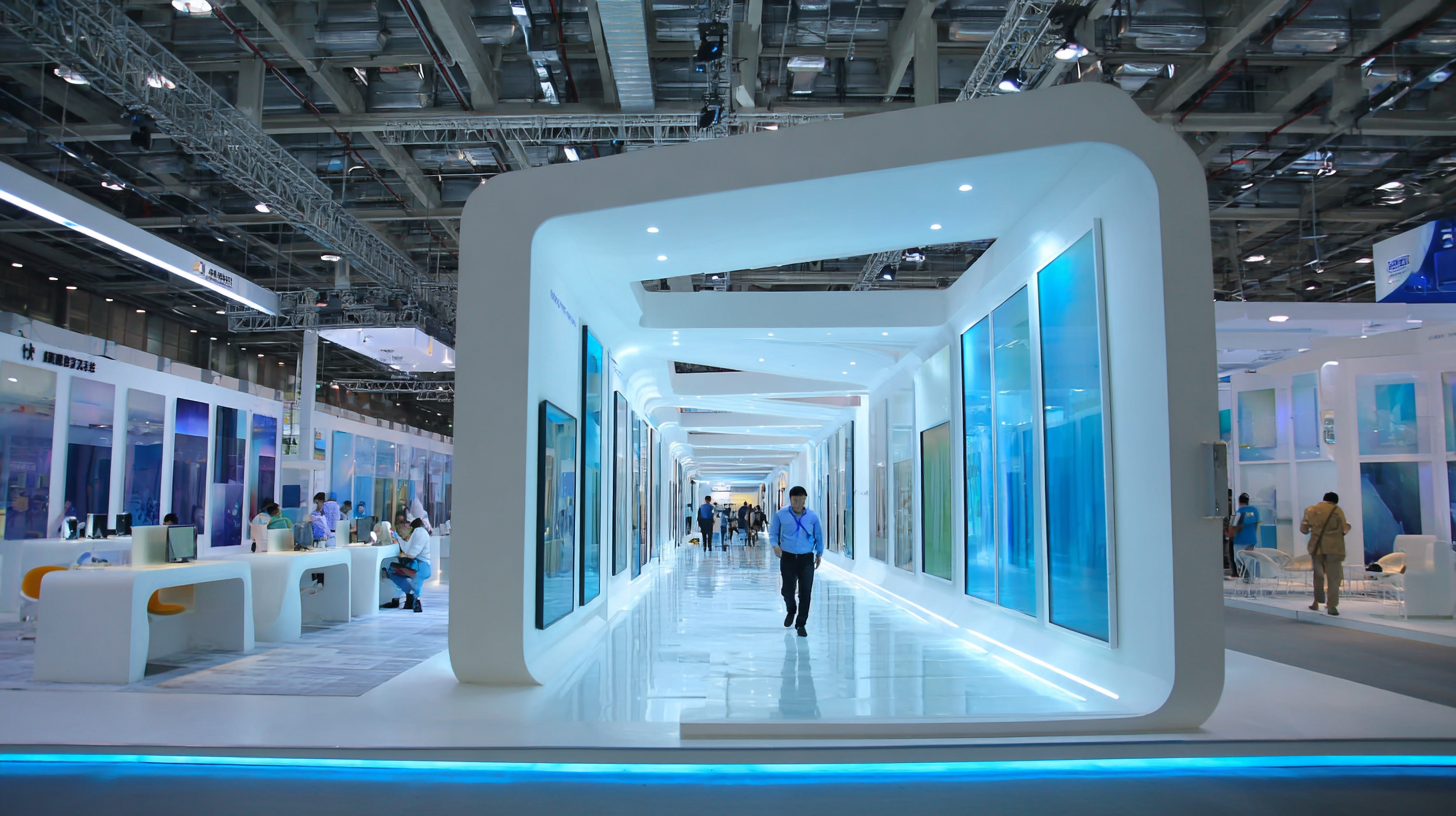
Innovative Trends in Acoustic Panel Design for Modern Interiors
As the demand for aesthetic and functional interiors grows, innovative trends in acoustic panel design are emerging, promising to reshape modern spaces. At the China Import and Export Fair 2025, designers and manufacturers will showcase cutting-edge acoustic panels that not only optimize sound quality but also enhance the visual appeal of any setting. The integration of sustainable materials, such as recycled textiles and eco-friendly composites, offers an exciting shift towards environmental responsibility without sacrificing style.

These contemporary acoustic panels come in various shapes, colors, and textures, enabling designers to create customized installations that blend seamlessly into their architectural visions. From minimalist designs that complement urban interiors to bold, artistic expressions that serve as focal points, the possibilities are limitless. Furthermore, advanced technology is being incorporated into these panels, allowing them to feature interactive capabilities or smart sound management systems, thereby elevating both user experience and functionality in modern interiors. The fair will serve as a pivotal platform to explore these innovations and inspire future trends in acoustic design.
Impact of Acoustic Panels on Urban Noise Pollution Reduction
As urban areas continue to grow and develop, the challenge of noise pollution has become increasingly pressing. According to the World Health Organization, noise pollution can cause significant health issues, such as stress, sleep disturbances, and cardiovascular problems. In fact, it is estimated that approximately 1.1 billion people worldwide are affected by urban noise, highlighting the urgent need for effective solutions.
Acoustic panels have emerged as a crucial tool in mitigating urban noise. These panels, designed to absorb sound waves and reduce echoes, can significantly enhance the acoustic environment in both residential and commercial spaces. A recent report by MarketsandMarkets indicates that the global acoustic panels market is projected to reach $1.92 billion by 2025, with a compound annual growth rate (CAGR) of 8.2% from 2020 to 2025. This surge in demand reflects a growing awareness of the role that acoustic panels play in noise reduction and overall sound quality improvement.
The China Import and Export Fair 2025 will showcase a myriad of innovations in acoustic panel technology, demonstrating their effectiveness in combatting urban noise pollution. From eco-friendly materials to advanced sound-absorbing designs, these innovations not only address the aesthetic needs of modern architecture but also contribute to healthier urban living conditions. Implementing such solutions could drastically improve soundscapes in bustling cities, fostering environments that promote well-being and productivity.
Explore Innovations in Interior Acoustic Panels at China Import and Export Fair 2025 - Impact of Acoustic Panels on Urban Noise Pollution Reduction
| Innovation Type | Material Used | Noise Reduction Coefficient (NRC) | Application Area | Environmental Impact |
|---|---|---|---|---|
| Panel Type A | Recycled Wood Fiber | 0.95 | Offices and Studios | Sustainable Sourcing |
| Panel Type B | Polyester Fiber | 0.85 | Theaters and Auditoriums | Recyclable Material |
| Panel Type C | Mineral Wool | 1.00 | Schools and Hospitals | Energy Efficient |
| Panel Type D | Foam Composite | 0.70 | Commercial Spaces | Lightweight and Durable |
Market Growth Projections for Interior Acoustic Panels Through 2025
The market for interior acoustic panels is experiencing significant growth, with projections suggesting a rise from USD 8.97 billion in 2024 to an estimated USD 13.76 billion by 2030. This increase is driven by a growing awareness of noise pollution and its impact on environments. Architectural acoustic panels have become essential in both residential and commercial spaces, enhancing sound quality and creating more pleasant indoor surroundings.
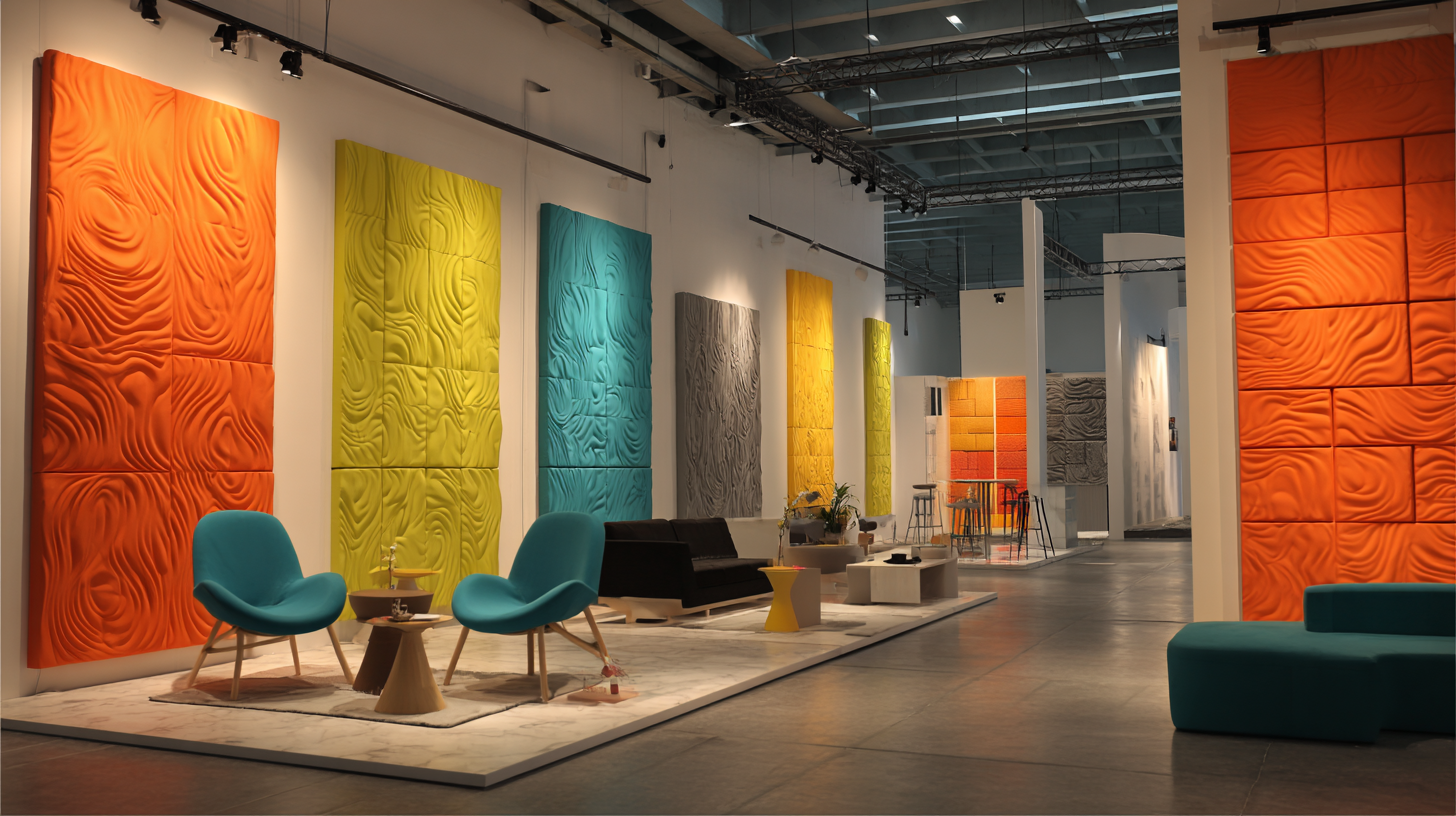
In addition, advancements in materials and technologies are contributing to the market's expansion. Innovations in product types, including flexible and rigid panels, as well as vibration isolation solutions, are expected to cater to diverse customer needs. As sustainable building practices gain momentum, the incorporation of eco-friendly materials in acoustic panel production is also likely to influence future market trends. The ongoing developments in this sector will undoubtedly be a focal point at industry events like the China Import and Export Fair in 2025.
Sustainability in Acoustic Panel Manufacturing: Eco-friendly Materials and Practices
The China Import and Export Fair 2025 will showcase the latest innovations in interior acoustic panels, with a strong emphasis on sustainability in their manufacturing processes. As environmental concerns rise, manufacturers are increasingly adopting eco-friendly materials that not only reduce their carbon footprint but also enhance indoor air quality. These advancements include the use of recycled materials and sustainable sourcing practices that align with global eco-conscious initiatives.
Innovations such as bio-based acoustic panels, which are made from renewable resources, are becoming popular alternatives. These panels not only provide effective sound absorption but also contribute to healthier indoor environments. Additionally, the integration of sustainable manufacturing practices, such as energy-efficient production methods and minimal waste strategies, demonstrates a commitment to reducing environmental impact. By prioritizing sustainability, the acoustic panel industry is paving the way for a greener future, making it a key highlight at the fair.
Technological Advances in Acoustic Performance Measurement and Optimization
As industries increasingly recognize the importance of sound quality in interior spaces, the demand for advanced acoustic panels continues to rise. The upcoming China Import and Export Fair 2025 will showcase groundbreaking innovations in acoustic performance measurement and optimization. Recent data from the global acoustic panels market indicates a compound annual growth rate (CAGR) of 8.5% from 2021 to 2028, driven by a growing emphasis on environmental noise control and sound quality in both residential and commercial settings.
One of the significant technological advances in this field is the development of real-time acoustic performance measurement tools. These innovations allow manufacturers and designers to assess panel effectiveness during the development stage, ensuring optimal sound absorption and reflection properties to meet specific requirements. For instance, reports indicate that panels with improved sound absorption coefficients can reduce noise levels by up to 50%, significantly enhancing user comfort in active environments such as offices and schools.
Moreover, the integration of smart technology into acoustic solutions is transforming how we optimize these materials. The use of machine learning algorithms to analyze acoustic data can lead to tailored designs and improved performance metrics. Market analysis projects that the incorporation of these technologies could lead to a reduction in acoustic treatment costs by nearly 30%, making high-quality sound environments more accessible. The innovations unveiled at the fair will offer fresh insights into how the industry can harness these advancements to meet evolving consumer needs.
Technological Advances in Acoustic Performance Measurement and Optimization
Related Posts
-

Exploring Unique Alternatives to Square Acoustic Panels for Enhanced Sound Control
-

How to Enhance Your Space with Interior Acoustic Panels for Better Sound Quality
-
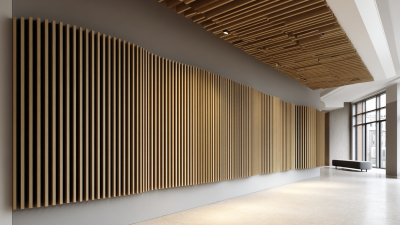
Choosing the Top 5 Manufacturers for Best Slat Wall Acoustic Panels Worldwide
-

Ultimate Checklist for Choosing the Perfect Stylish Acoustic Panels for Your Space
-
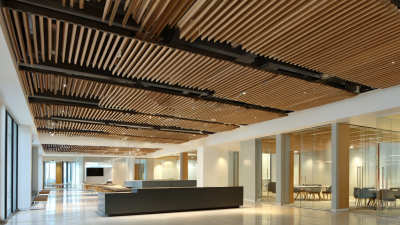
Maximizing Sound Quality with Best Commercial Acoustic Panels Strategies for Effective Use
-
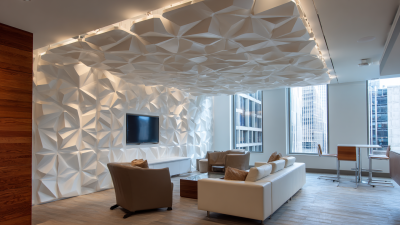
7 Essential Tips for Choosing the Perfect Interior Acoustic Panels for Your Space
-

Phone
-

E-mail
-

wechat
wechat

-

whatsapp
whatsapp


